Lokah Chapter 1: Chandra, directed by Dominic Arun and starring Kalyani Priyadarshan, has grossed more than ₹ 300 crores at the box office and has become the biggest hit in the history of Malayalam cinema, replacing Mohanlal-starrer Empuraan. It is one of those rare ‘pan-Indian’ blockbusters that seems to have rejoiced audiences and critics alike.
From its amazingly conceptualised world and stunning visuals to Kalyani’s screen presence and Jakes Bejoy’s soaring soundtrack, several reasons are being attributed for its blockbuster run. But the one aspect that has made it universally loved by Malayalis is the movie’s connection to the tale of Kaliyankattu Neeli, one of the most recognised characters from Kerala’s folklore.
In Aithihyamala (Garland of legends), a popular collection of Kerala’s folktales compiled by the 19th century writer Kottarathil Sankunni, Neeli is a powerful yakshi (a malevolent spirit) who lures and eats lone (often upper-caste) men who venture into the Kaliyankattu forest. This tale has had several screen adaptions over the last few decades and is instilled deeply in the Malayali psyche.
Lokah, written by Dominic and actor-writer Santhy Balachandran, subverts this story by turning Neeli into a nomadic superhero, Chandra, who has over the centuries used her powers to protect the vulnerable. The movie also flipped the popular myth of Kadamattathu Kathanar, the Christian priest and powerful magician, often portrayed as the person who exorcised Neeli and turned her into a benevolent goddess. In Lokah, he is seen as an ally of Chandra/Neeli who has already inherited a sense of righteousness from her mother.
“Dominic’s idea of placing the yakshi in a modern context and recasting her as a superhero excited all of us. Since audiences are familiar with superhero films and see them as characters who make powerful choices, I felt it was important to ensure that Chandra/Neeli has agency — that she is not forcibly transformed into a force for good by a figure of patriarchal religious authority. That is why we see Chandra receiving her moral code from a woman — her mother,” says Santhy, adding that myths, legends and folklore have always been dynamic entities open to reinterpretation as they are a product of their times.
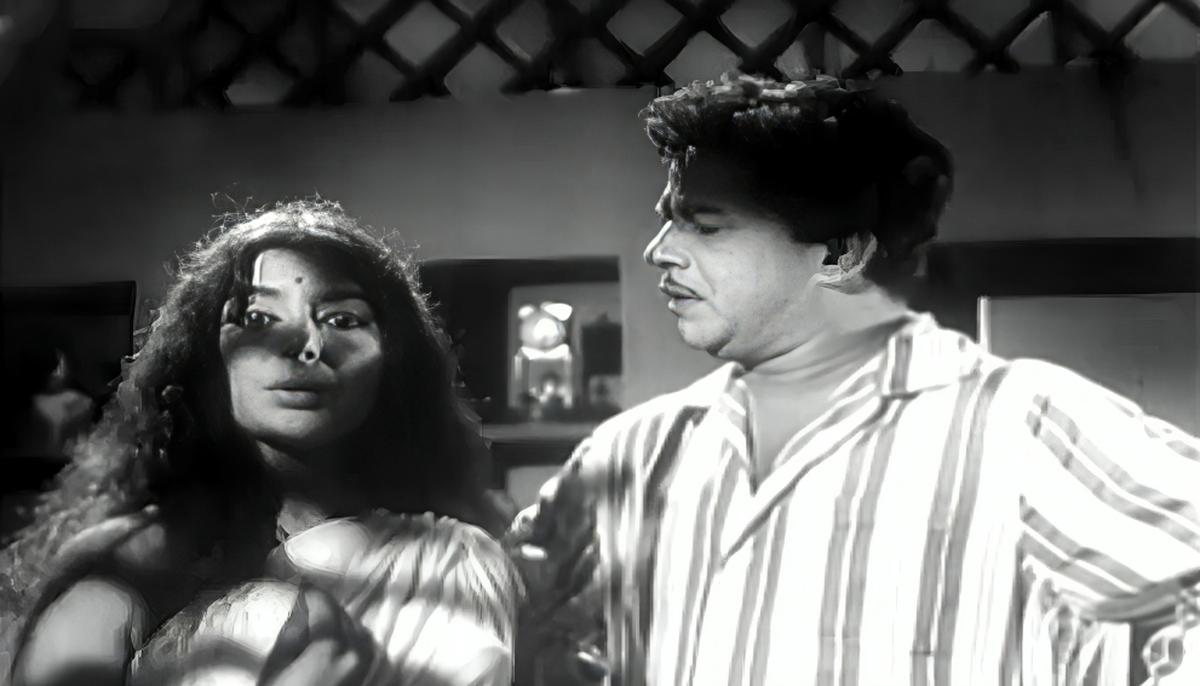
Sarada and Sathyan in a still from ‘Yakshi’
| Photo Credit:
Specia Arrangement
However, this is not the first time Malayalam cinema has cleverly reimagined folklore, especially the yakshi. KS Sethumadhavan’s Yakshi (1968) based on Malayattoor Ramakrishnan’s eponymous 1967 novel, of the same name, is one of the first films to feature a yakshi, and that too in a manner that subverted the typical yakshi lore. It is a psychological thriller in which a college professor (played by Sathyan), who is disfigured in a laboratory accident, meets and falls in love with a mysterious woman named Ragini (played by Sarada), whom he starts suspecting to be a yakshi.
Fahadh Faasil and Anumol in ‘Akam’
| Photo Credit:
Special Arrangement
The 2011-movie Akam by Shalini Usha Devi, starring Fahadh Faasil and Anumol, is a feminist adaptation of the same novel. While both movies follow a similar plot, in Shalini’s retelling of the story the yakshi is used as a symbol of female agency and desire as well as a projection of the male insecurity. Like Santhy, Shalini too thinks folklore and myths should be open to reinterpretation. “There should always be space for reimagining these stories. It is the retelling that makes the texture of these stories richer over time,” she adds.
There have been other numerous films based on the yakshi lore in between, including at least two movies that featured Kaliyankattu Neeli. But most of them are poorly-crafted horror flicks that portray the yakshi as nothing more than a vampire who preys on people, especially men.
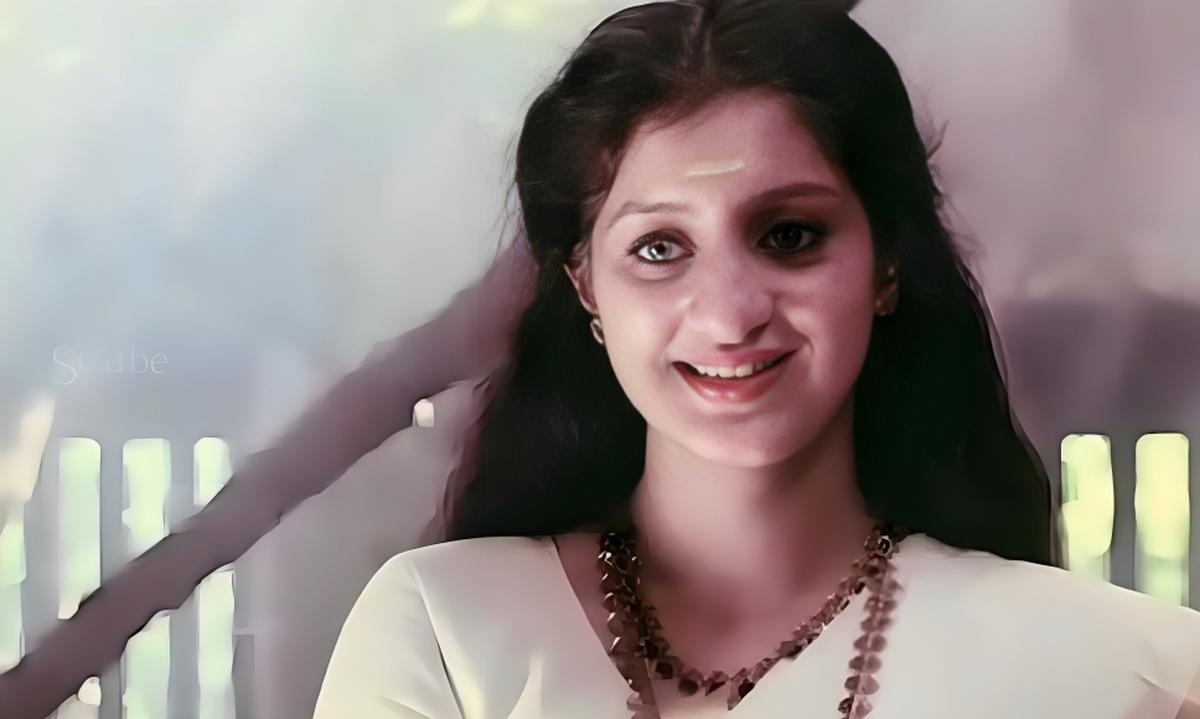
Chanchal in a still from ‘Ennu Swantham Janakikutty’
| Photo Credit:
SPECIAL ARRANGEMENT
The only standout has been the 1998-classic Ennu Swantham Janakikutty, directed by Hariharan and scripted by the renowned author MT Vasudevan Nair. It explores the coming-of-age of a lonely teenager, Janakikutty (played by Jomol), who encounters and befriends Kunjathol, a friendly yet melancholic yakshi (played by Chanchal).
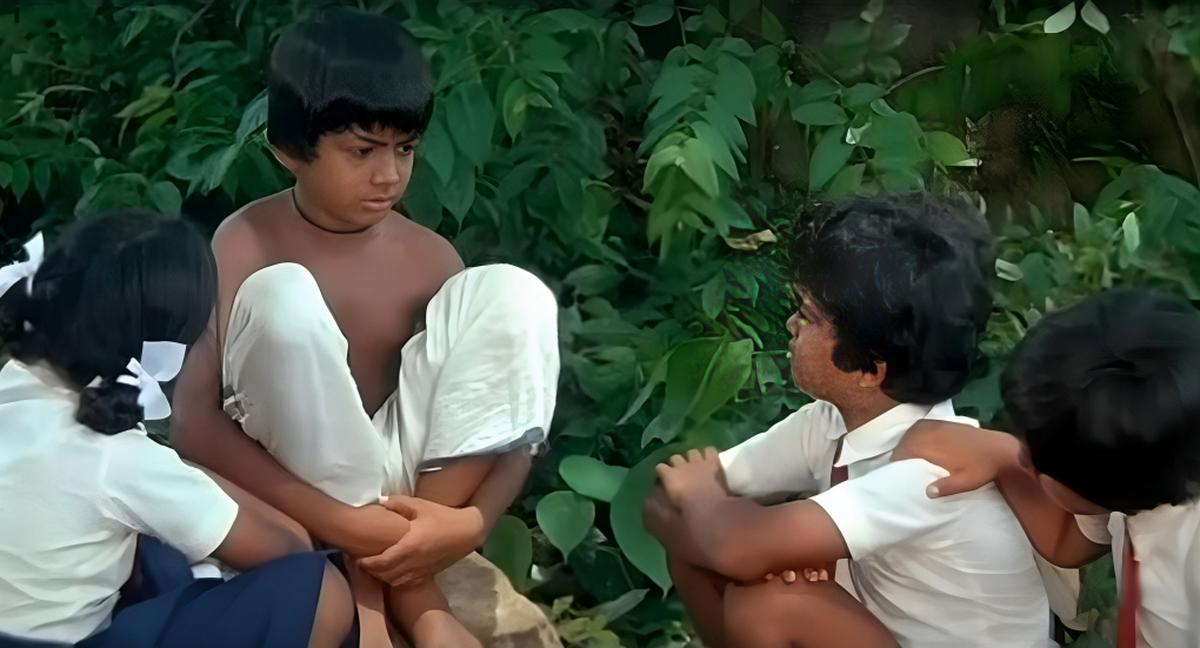
A still from ‘My Dear Kuttichathan’
| Photo Credit:
SPECIAL ARRANGEMENT
Kuttichathan (a mischievous, often fearsome boyish spirit worshipped as a deity in parts of Kerala) is another folklore figure that has featured heavily in Malayalam cinema. The quirky chathan, played by Tovino Thomas in Lokah, is just the latest onscreen version of the folk deity.
My Dear Kuttichathan(1984), India’s first 3D film, was about the kuttichathan living with a bunch of kids as one of them after being accidentally released by them from its enslavement.
More recently, Rahul Sadasivan’s Bramayugam (2024) with Mammootty in the lead and Nirmal Sahadev’s 2022-horror fantasy Kumari, starring Aishwarya Lakshmi, attempted to ground chathan’s lore in a more serious socio-political setting. While Bramayugam effectively used the chathan to represent the horror of unrestricted privilege and power, Kumari used its fascinating folklore premise to portray how far patriarchs in a feudal society can go to maintain their power and traditions.
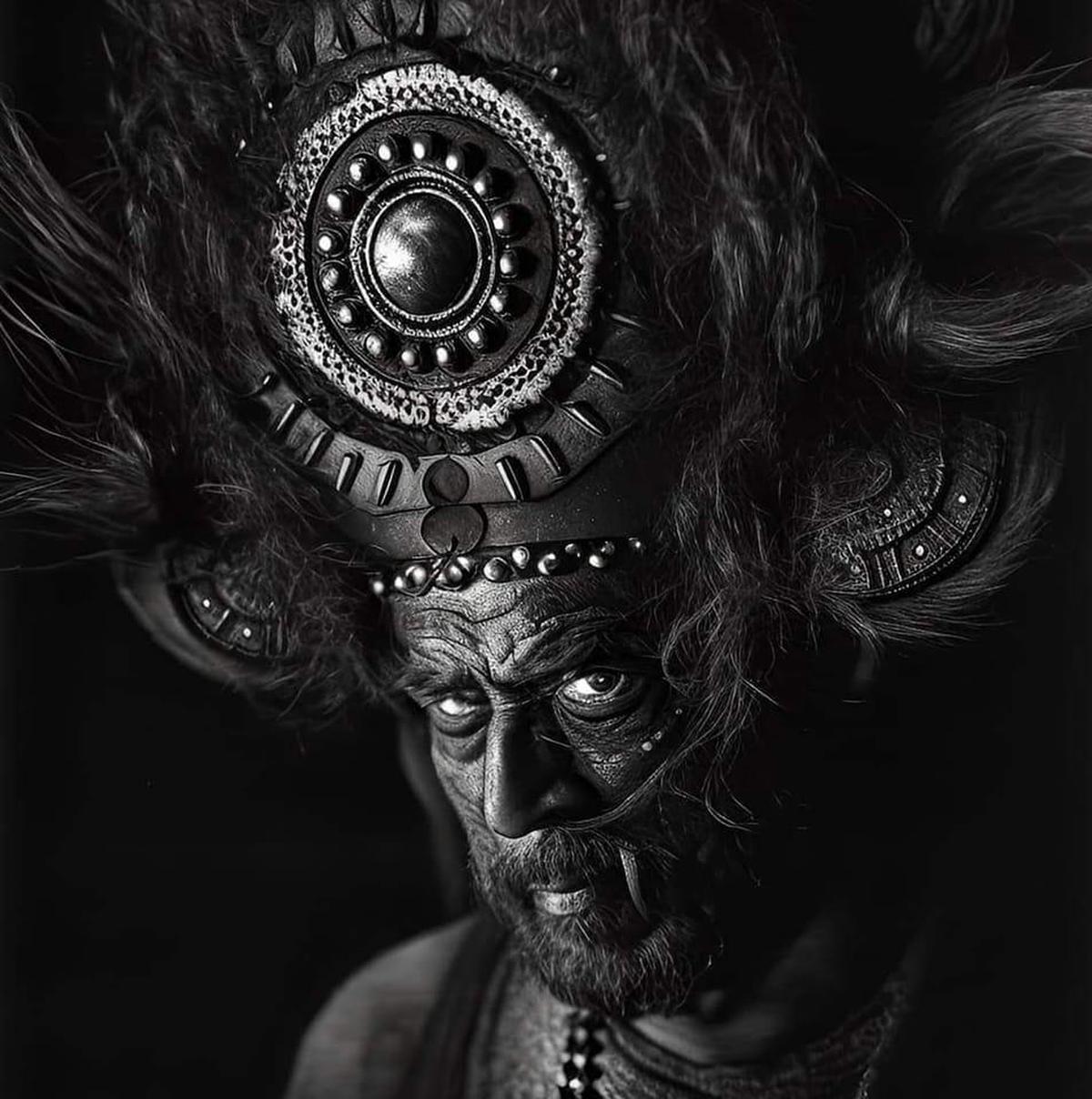
Mammootty in a promotion poster of ‘Bramayugam’
| Photo Credit:
SPECIAL ARRAGEMENT
Santosh Sivan’s 2005 dark fantasy Ananthabhadram starring Prithviraj Sukumaran and Kavya Madhavan is another film worth mentioning. It cleverly uses the folklore around the mythical stone nagamanikyam (snake’s gem) and a powerful black magician (brilliantly played by Manoj K Jayan) trying to gain its power for himself to create a compelling horror story set in a secluded village in Kerala.
How to make it work?
“One of the ways you can make folklore relevant and still breathing is rooting it in a contemporary world. That is what makes Lokah stand out. It makes you feel that the lores belong in your world and are not just tales that perhaps your grandmother told you or you read in a book somewhere,” says Kishore Mohan, Thiruvananthapuram-based concept artist and writer who has worked on several fantasy graphic novels.
Jithin Laal, director of Ajayante Randaam Moshanam or ARM(2024), feels that when the story is taking place in a fantasy world, writers and filmmakers need to build a bridge to make the audience relate to this world. “When I set out to make ARM, what I heard the most was that fantasy was not something audience in Kerala would be able to digest. However, I was confident that it will be accepted if it is done organically, portraying the socio-politics of the period in which the story is one way we can make it grounded and relatable,” he adds.
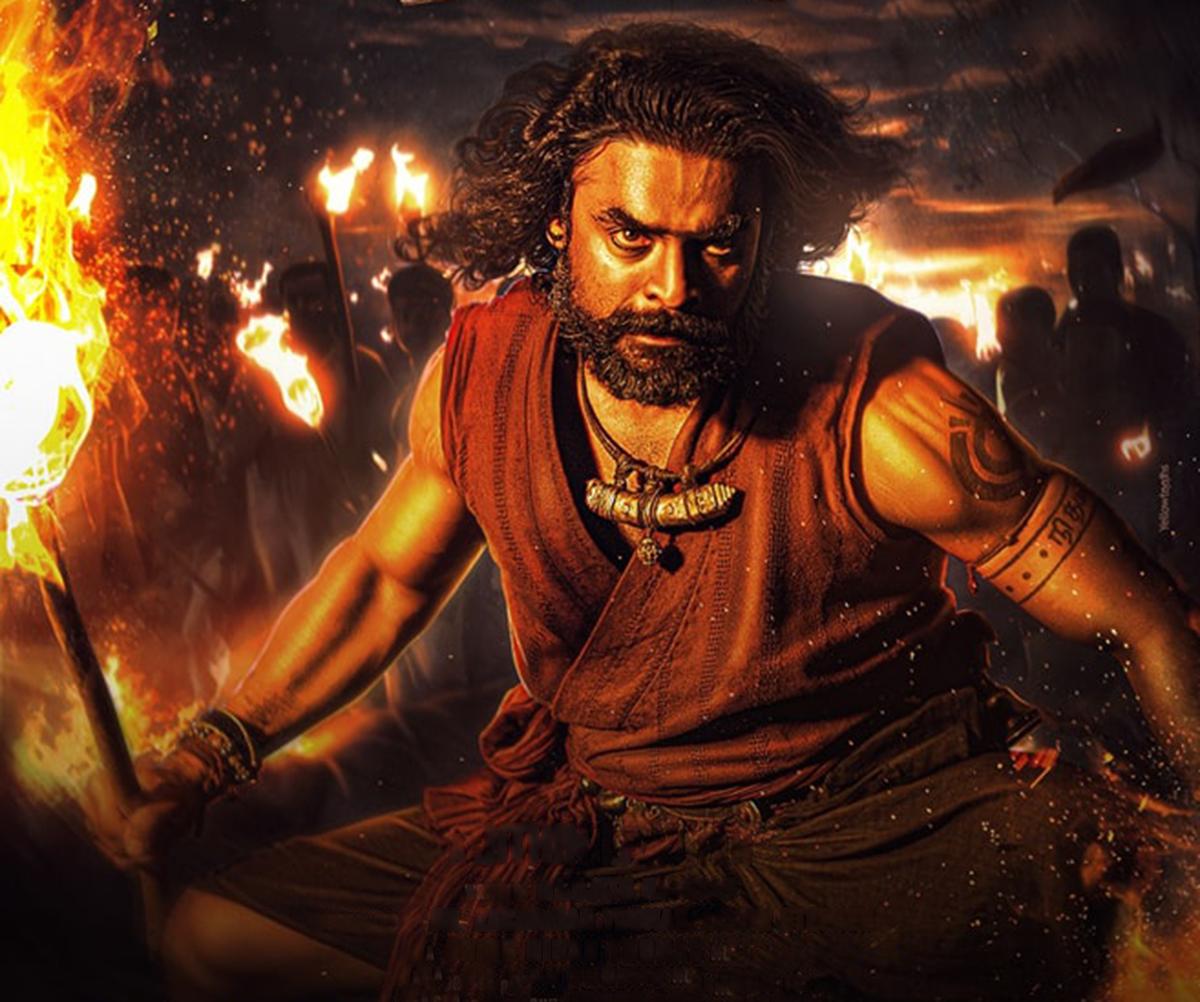
Tovino Thomas in ‘Ajayante Randam Moshanam’
| Photo Credit:
Special Arrangement
ARM, written by Sujith Nambiar, is an example of this approach. It involves everything from a story of a village where a meteor fell and the tales of valour of a fabled warrior to the lore of a legendary thief and the mystery behind a magical lamp he stole, all the while rooting it in the changing socio-politics of the village from the medieval times to the 1990s.
Such an organic integration of folklore into a contemporary setting is another feature that makes Lokah an engaging watch. “Maintaining a balance between the spirit of the original material while providing a fresh perspective takes some time. Cracking that is a fun exercise as it often exposes our biases and pre-conceived notions about iconic characters,” adds Santhy who also did the dramaturgy work for Lokah apart from co-writing it.
In that regard, it is similar to one of Jithin’s favourite Malayalam fantasy films, Sakshal Sreeman Chaathunni (1993), directed by Anil–Babu duo and written by Kaloor Dennis. It starred the late actor Innocent as a playful and friendly adult version of the chathan who is released from his bondage to a powerful black magician by two unemployed youngsters (Jagadheesh and Baiju Santosh), whom he ends up helping overcome various problems using his supernatural powers.
Not just fantasies
While most of the folklore-based movies lean into the supernatural, not all of them are fantasies. Numerous films are based on the tales of real-life legendary thieves Kayamkulam Kochunni and Ithikara Pakki, both of whom are featured in Aithihyamala, with the latest one being Kayamkulam Kochunni (2018) directed by Rosshan Andrrews starring Nivin Pauly as Kochunni and Mohanlal in a cameo role as Pakki.
The other major action, period movies include Palattu Koman (1962), Thacholi Othenan (1964), Thacholi Ambu (1978) and Kadathanadan Ambady (1990) that are based on vadakkan paattukal (Northern Ballads) — a collection of story-songs from the medieval period showcasing heroic tales of north Kerala’s warrior clans. Most of these haven’t aged well owing to their kitschy style.
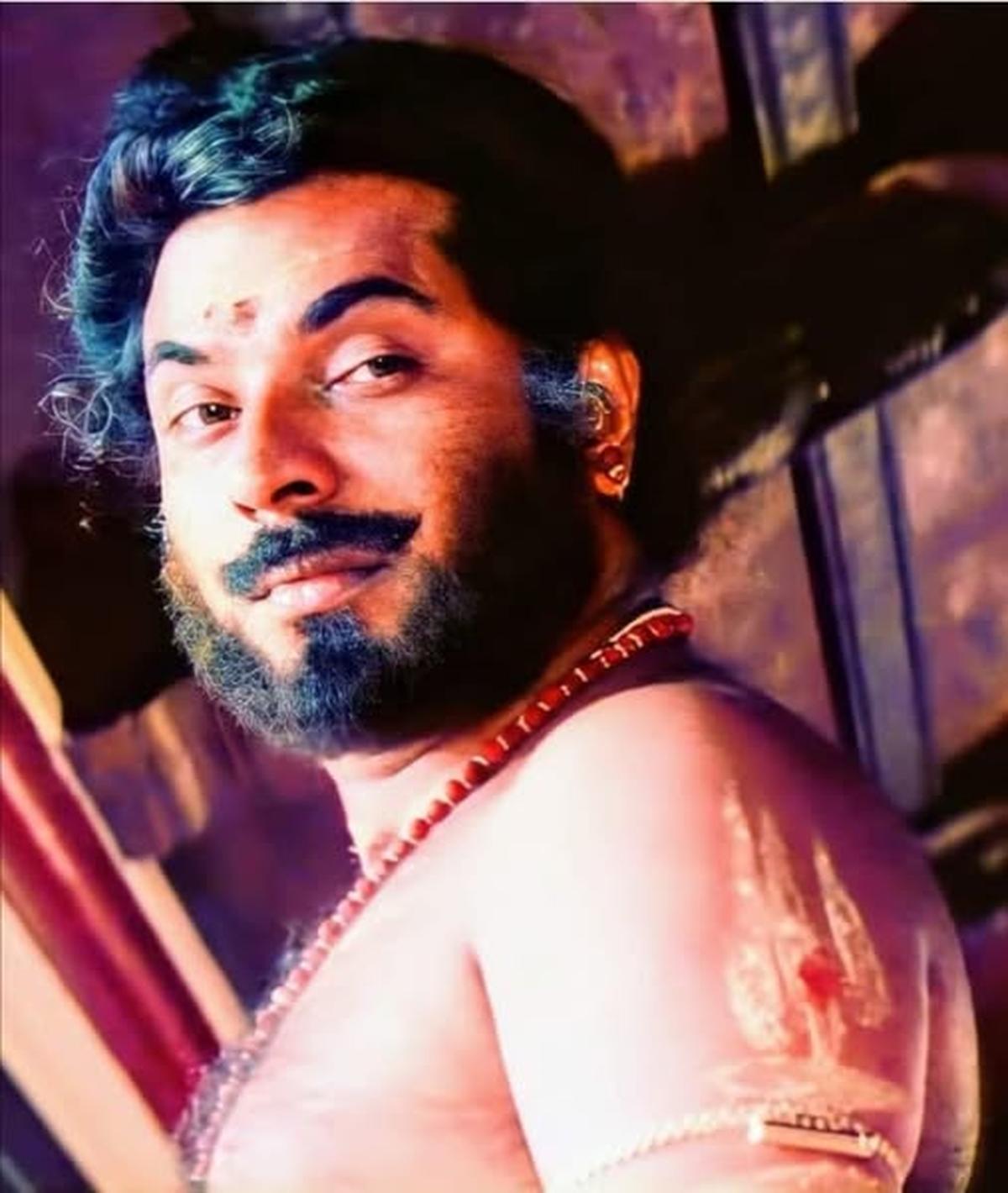
Mammootty in ‘Oru Vadakkan Veeragatha’
| Photo Credit:
SPECIAL ARRANGEMENT
However, the 1989 Mammootty-starrer Oru Vadakkan Veeragatha, another film from the MT-Hariharan team, stands out as not just as the best of these movies but also one of the greatest period dramas of Indian cinema. MT reworked the story of Chandu Chekavar, a treacherous figure who betrayed and murdered his cousin in the original folklore, as a tragic warrior who was misunderstood by everyone due to unfortunate circumstances. It won four National Film Awards and eight Kerala State Film Awards.
Beyond the mainstream
While most of these were mainstream productions, there are a few in the non-mainstream category as well. Like Perumthachan (1990) directed by Ajayan and scripted by MT based on the legend of Perumthachan (master carpenter) from the famous Parayi Petta Panthirukulam (story of twelve children birthed by a Paraya woman). It explores the conflict between Perumthachan (Thilakan) and his extremely skilled son (Prashanth) who wanted to break out of traditions.
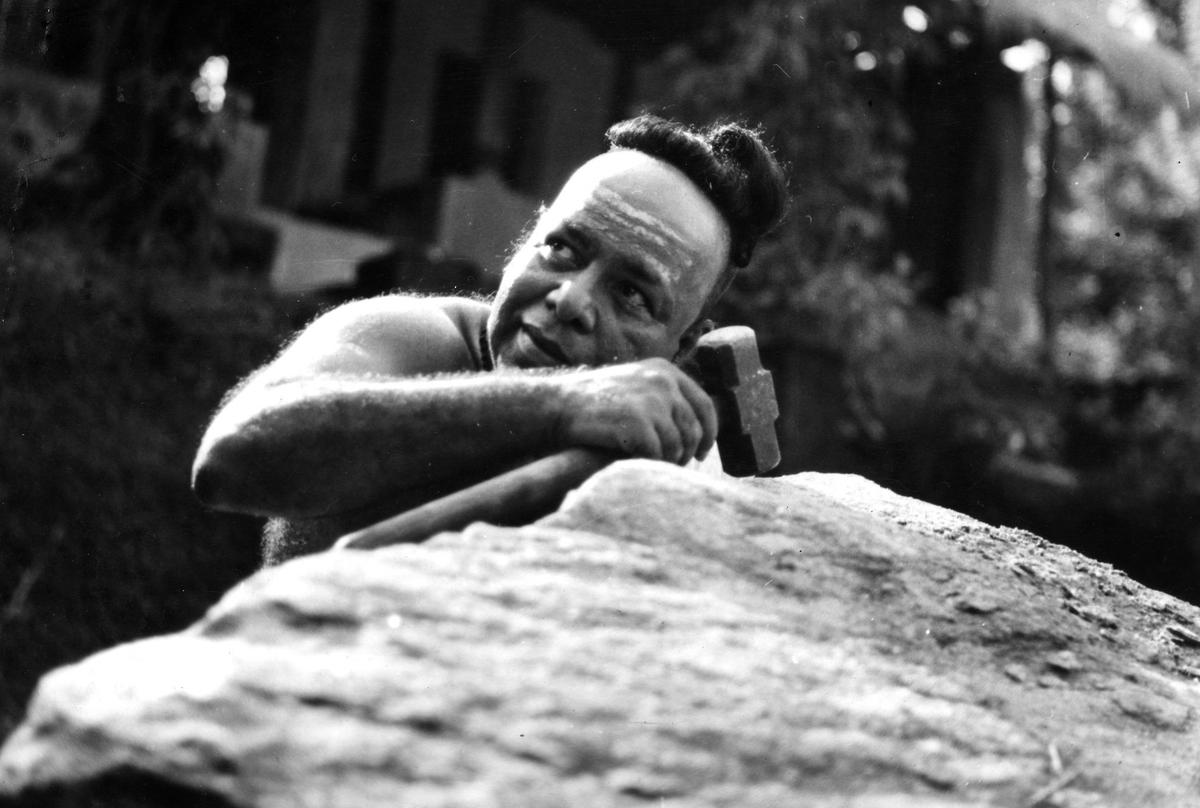
Thilakan in a still from ‘Perumthachan’
| Photo Credit:
THE HINDU ARCHIVES
Although not based on any recorded lores, P Padmarajan’s Njan Gandharvan (1991), and G Aravindan’s Kummatty (1979) and Esthappan (1980) borrowed heavily from the folklore tradition. While Njan Gandharvan unabashedly explores the sexual awakening of a young girl using gandharva as a personification of love and desire, both of Aravindan’s movies are about a wandering mysterious men who perform tricks and miracles.
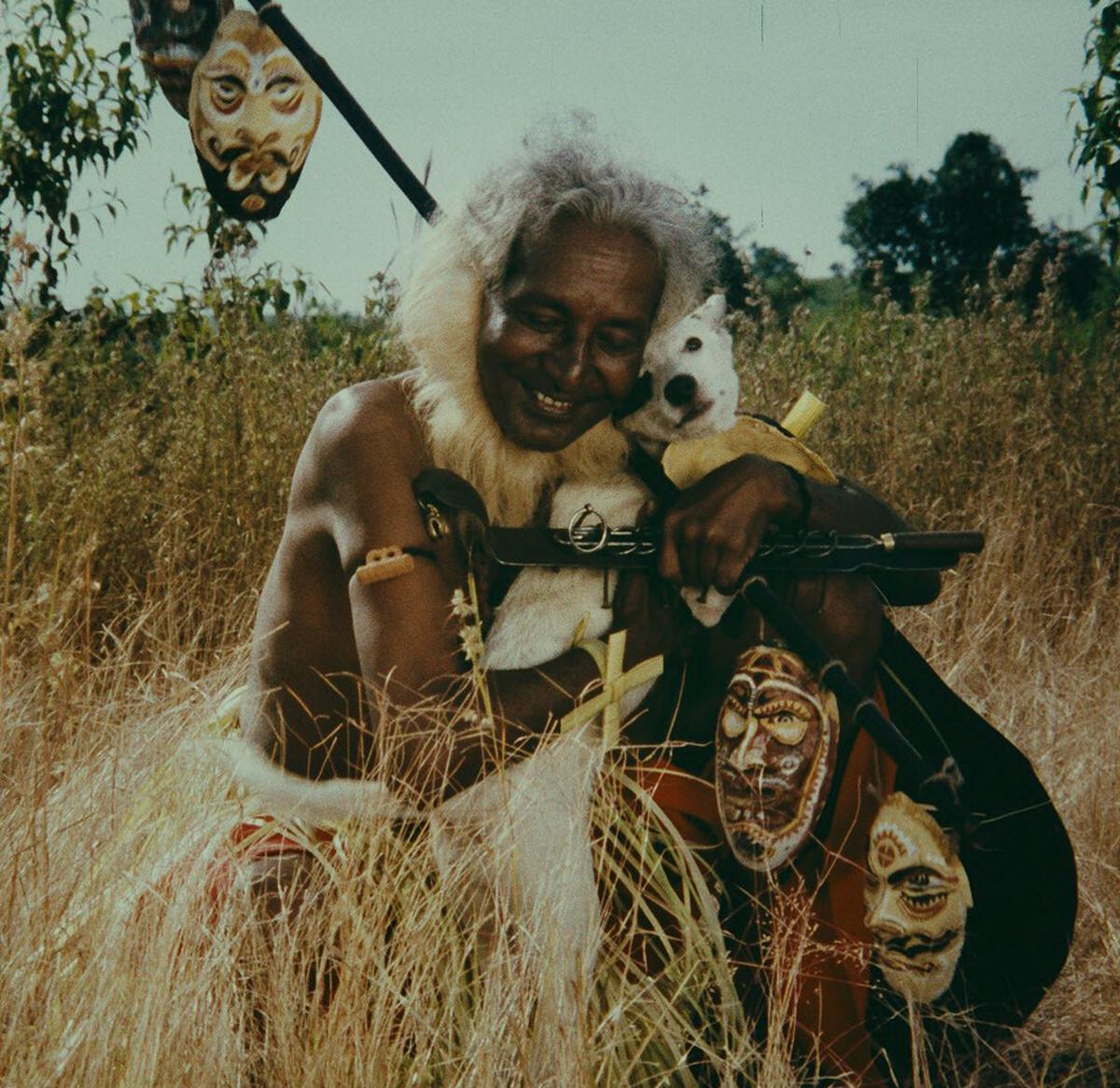
A scene from G Aravindan’s ‘Kummatty’
| Photo Credit:
SPECIAL ARRANGEMENT
One of the most visually stunning films ever made in India, Kishore cites Kummatty as a major influence on his love for speculative fiction. He says, “The language and the pacing of the movie gave me the space to create a whole another world inside my head as a kid. I would lay awake in bed thinking about where the magician comes form, where he goes away to and what else is happening to the children in the places he travels through.” Kummatty was restored to its full glory in 2021 by the World Cinema Project of The Film Foundation, a non-profit created by filmmaker Martin Scorsese.
www.thehindu.com (Article Sourced Website)
#Kummatty #Lokah #Chapter #Chandra #Malayalam #cinemas #long #tryst #Keralas #rich #folklore
